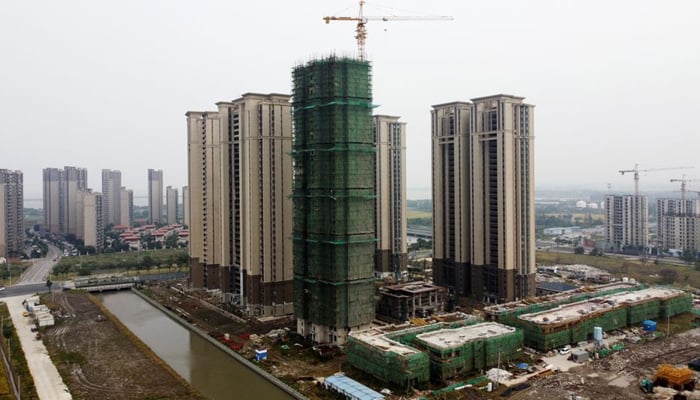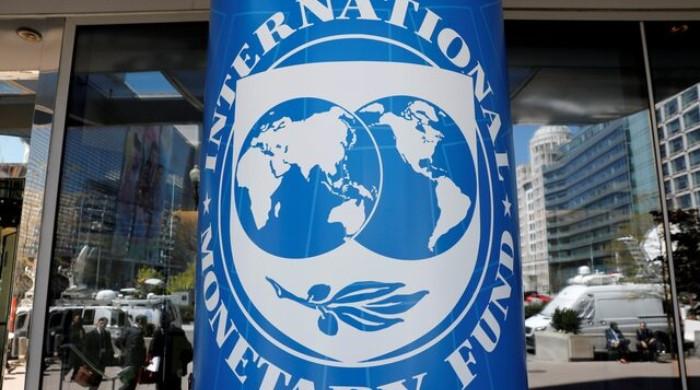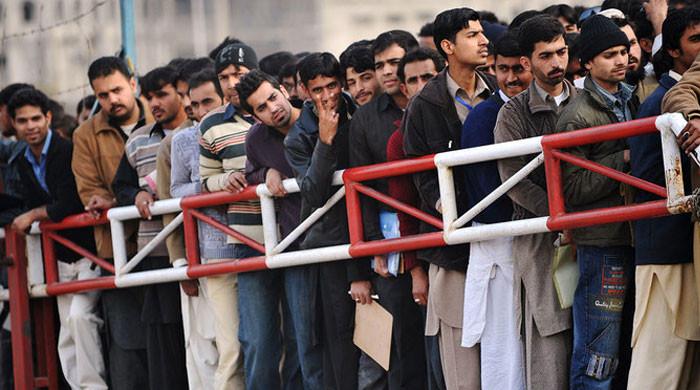Capitalism and the curse of oversupply: Some lessons from China post-COVID-19
Unfolding crisis in China’s real-estate sector has sent shock waves across the financial world, raising concerns about its effects on economy
October 28, 2021

The unfolding crisis in China’s real-estate sector seems to have sent shock waves across the financial world, raising concerns about its effects on an economy that is slowly recovering from the severe blows caused by the COVID-19 pandemic.
The economic crisis seems to have pushed the country’s largest real-estate company to the brink of a total collapse which will affect not only the country’s real-estate sector, which contributes around 29% to the Chinese GDP, but also other components of the economy.
Evergrande, the glorious real-estate behemoth, has to pay off its debt liabilities which are over $300 billion — or according to some estimates, around $365 billion; this amount is almost 2% of the country’s GDP. The company did not invest only in real estate, but also in electric vehicles and other businesses.
Now, the real estate giant finds it difficult to pay back its liabilities, creating concerns about its future. The crisis has also raised important questions about the unplanned growth that capitalism advocates, while simultaneously claiming that this is the only way to achieve progress and prosperity.
The real estate sector made tremendous strides in the last four decades with builders introducing several schemes to meet the shortage of housing units, but in the process, they constructed millions of surplus units that are now difficult to be sold. According to some estimates, more than 90 million flats or housing units are lying vacant, and there seems to be no buyer who may be interested in these units that are now being referred to as "ghost towns".
This shows that the phenomenon of overcapacity or overproduction is still an integral part of capitalism that pushes it towards a crisis almost after every decade. In the last two centuries, the market-driven economic system has witnessed more than 15 crises. From the Great Depression of the 1930s to the financial collapse of 2008, it has always been ordinary people who have been affected by the unplanned growth of capitalism and the irrational policies of capitalist empires that are ready to do anything for the sake of profit. Even today, their voracious greed for profit maximisation and gargantuan appetite for expansion does not have any limit.
It is not only the real estate sector that has been marred by the phenomenon of overproduction, but other sectors of the economy have also been witnessing the same problem for decades. For instance, almost five years ago, more than 700 million tons of steel was lying unsold in the global market despite the fact that armament manufacturers and other companies had a high demand for it. Even the real-estate boom in China could not consume the massive amount of steel that was being produced a few years ago. Today, with more than two billion cars in the world, automobile manufacturers are also suffering from the phenomenon of overcapacity, and the waste of over one billion tons of food annually indicates that the sector is not immune to excessive production either.
Some critics believe that China produces infrastructure machinery on a massive scale, and one of the factors prompting the Chinese ruling elite to come up with the idea of the Belt and Road Initiative is to accommodate this surplus production. Many believe that the $960 billion project, which is likely to experience expansion attracting more investment, could go some way in dealing with this issue of excessive production related to the machinery.
The modern mode of production has given a tremendous impetus to the methods of manufacturing that enabled people to push production to its unimaginable heights. But such production is only one part of economic components. The real problem lies in consuming industrial, agriculture and other goods that are being produced at a stunning pace. The inability of the capitalist economy to sell these oceans of goods and products is one of the factors that are plunging the system into a crisis again and again, besides leading to the overall under-consumption of goods and services.
Since one of the motivating factors for this colossal manufacturing is profit, these goods cannot be sold at throwaway prices. Many manufacturers let their products rot instead of bringing down the prices or taking them to markets to sell at cheap rates, fearing that by doing so they would be setting a wrong precedent that would undermine their future profits. Therefore, essential commodities that are part of our day-to-day life never witness a downward spiral. In the past, countries like the US have been accused of dumping millions of tons of wheat in the Pacific Ocean, instead of making it available to those who needed it. Similarly, rights activists also accused the UK of wasting millions of litres of milk at a time when it could have helped children in Iraq and other countries in the Global South.
Despite this, all pundits of the economic world would continue supporting this inhumane system that has created miseries and hardships for ordinary people. They never bother to ponder over the factors because of which the markets remain glutted with myriads of products. Although it is easy to understand this phenomenon, those who support capitalism do not want it to be understood by the people. The natural movement of capital indicates that it would concentrate in the sector where it could make maximum profits. So if capitalists find profit in one area, they would start setting up their businesses there without meticulous planning. The concentration of a number of companies in one particular area leads to overproduction, and since the number of consumers remains almost constant, this triggers a crisis of unsold products.
For instance, if an area has a population of three million, possibly three million shirts could be sold in that particular area. But if 10 companies set up their malls in that area with each selling three million units, the total number of shirts would be hitting the 30 million mark, leaving most of these products unsold.
In the past, followers of the free market came up with the idea of doling out money on credit without paying much heed to the repayment. The merger of various companies was also meant to reduce production, regulating it to some extent. But even the merger of 10 companies into five would still be producing much more than existing demand. Workers’ layoffs, coupled with a rise in production, are another factor which makes the situation more complicated because labourers are buyers as well. By carrying out the policies of retrenchment, most companies dig their own graves because they lose not only the hands that helped during the manufacturing process but also the ones that could have gone a long way in assisting them with sales.
So, raising the wages of workers and reducing their working hours could be one of the ways to deal with this problem to some extent. For instance, in the US, if the working shift of 150 million workers who work for an average of eight hours per day is reduced to four hours, around 300 million workers would be employed who would have money to buy products that they produce. During the Great Depression, unrealistic methods were adopted to ward off the economic disaster. Why can’t sustainable methods be adopted now to address the phenomenon of overcapacity on a permanent basis? Throughout the history of capitalism, it is workers who have always sacrificed their interests; now it is the turn of capitalists to reciprocate.
The writer is a freelance journalist. Email: [email protected]
Originally published in The News









